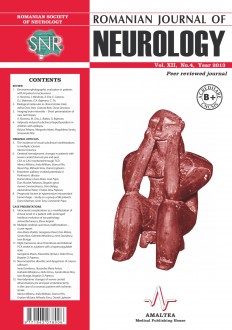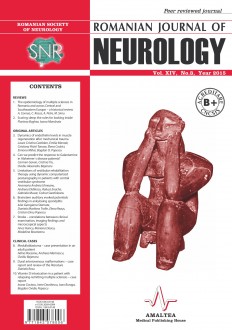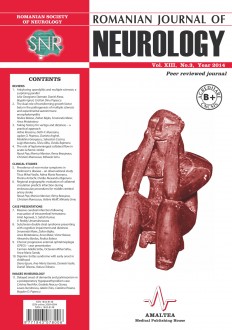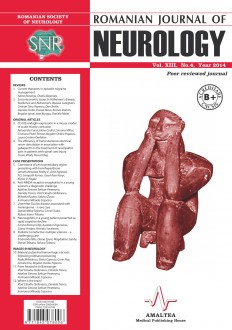SELECT ISSUE
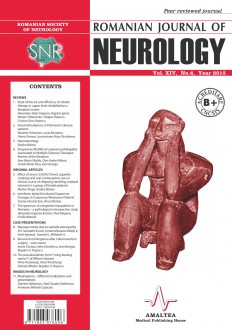
Indexed

| |

|
|
|
| |
|
|
|

|
|
|
|
|
|
| |
|
|
HIGHLIGHTS
National Awards “Science and Research”
NEW! RJN has announced the annually National Award for "Science and Research" for the best scientific articles published throughout the year in the official journal.
Read the Recommendations for the Conduct, Reporting, Editing, and Publication of Scholarly work in Medical Journals.
The published medical research literature is a global public good. Medical journal editors have a social responsibility to promote global health by publishing, whenever possible, research that furthers health worldwide.
STATE OF THE ART AND EFFICIENCY OF ROBOTIC THERAPY IN UPPER LIMB REHABILITATION – A LITERATURE REVIEW
Alexandru-Valer Grigoras, Bogdan Ignat, Marian Poboroniuc, Dragos Popescu and Cristian Dinu Popescu
ABSTRACT
Stroke represents the main cause of disability in adults. The disability is caused by motor or sensitive impairment, loss of interjoint coordination, spasticity and pathological synergies that occur after stroke. The new directions in motor rehabilitation point at facilitating neuroplasticity by multimodal stimulation, like virtual reality, or by active assistance in task specific training, like rehabilitation robots associated or not with functional electrical stimulation (FES). The aim of this article is, on one hand, to analize the way in which the existing robots face the biomechanical chalenges of modeling the upper limb's movements and, on the other hand, to evaluate the efficiency of robotics in rehabilitation, by pointing out the results of the existing clinical trials. Finally, possible directions for future research are discussed.
Keywords: rehabilitation robotics, exoskeleton, stroke, upper limb, rehabilitation
Full text | PDF

